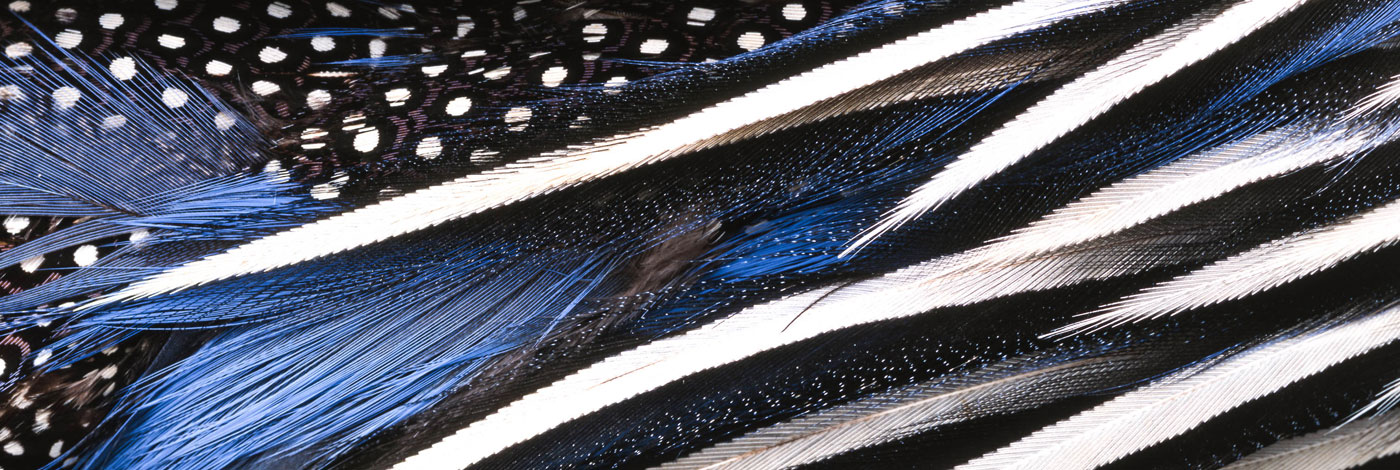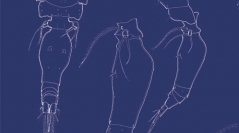

 Zoosystema
41 (28) - Pages 567-593
Zoosystema
41 (28) - Pages 567-593Three species of the similis-subgroup of the genus Triconia Böttger-Schnack, 1999 in the family Oncaeidae Giesbrecht, 1893 [“1892”] are described based on specimens collected by using a fine mesh net in the northeastern equatorial Pacific Ocean. One species is newly recorded in the equatorial Pacific, and the other two species are new to science. Triconia komo n. sp. is closely related to T. hawii (Böttger-Schnack & Boxshall, 1990), but differs distinctly in the relative length of the outer basal seta on P5 in the female as well as slightly in the relative length of the seta VI on caudal ramus in both sexes. Triconia onnuri n. sp. closely resembles T. similis (Sars, 1918), but females can be distinguished by the relative length of the outer exopodal seta and the outer basal seta on P5. Both sexes differ from T. similis in the relative lengths of endopodal spines on swimming legs 3 and 4 as well as in the form of caudal seta VI. The female of Triconia denticula Wi, Shin & Soh, 2011, which is newly recorded in the equatorial Pacific, is redescribed including morphological details and differences compared to the original description from Korean waters. The type material of T. denticula deposited in the National Institute of Biological Resources, Incheon (NIBR) was re-examined and found to be inconclusive for taxonomic purposes because the deposited copepod material and its labelling does not correspond to the description of the species. A fundamental revision of the type material of T. denticula is required. The present account includes an indication of the intraspecific variation in the endopodal spine lengths on swimming legs 2 to 4 for all three species, which is essential for assessing the usefulness of these characters for unequivocal identification of Triconia species. The spine lengths on exopodal segments 1 and 2 on swimming legs 3 and 4 are proposed as new morphometric characters for the identification of males of Triconia species, which are otherwise very similar in morphology.
Tropical Pacific, zooplankton, Oncaeidae, new species